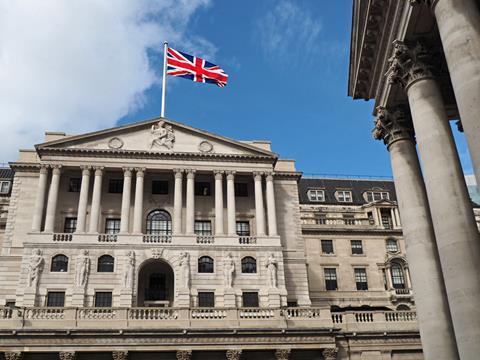
Food inflation will hit 5.5% by the end of 2025, the Bank of England has warned, exceeding previous estimates.
Contributing to a predicted rise in headline consumer price inflation (CPI) to 4% before the end of the year, food price increases have been driven by rising key food commodities, higher employment costs and extended producer responsibility (EPR) levies on packaging.
Higher food prices were named as a key driver of inflation in the Bank of England’s latest monetary policy report, released today (7 August), which detailed its decision to drop interest rates to 4%.
Caught between the need to stimulate spending by cutting interest rates, and suppress inflation by increasing them, the bank’s Monetary Policy Committee was forced into an unprecedented second vote to make the decision.
“We’ve been able to cut rates because we have seen inflation come down a long way,” said Bank of England governor Andrew Bailey.
He said the bank was comfortable cutting interest rates because it considered the rise in inflation to be largely down to “temporary factors” such as food inflation and higher utility bills.
“We think that over the course of next year, inflation will come back down to the 2% target, and stay there. But we are going to have to watch this very carefully,” he added.
The bank estimated that food price inflation would ease in 2026 – as evidenced by slower increases in wholesale prices over the summer – as cost increases pass through the supply chain to retail.
However, food price inflation is currently over 1.5 percentage points higher in the UK than the Eurozone, which faces similar global commodity price increases.
The Bank of England put the difference down to increased staffing costs, with annual pay growth at 7% and 7.6% in food manufacturing and retail respectively.
EPR costs have likewise already started to drive up costs at the till, according to the bank, though the packaging levy will likely add only half a point to inflation in total.
BRC chief Helen Dickinson laid the blame for inflation at the government’s door, warning “this is only the beginning”.
“The Bank of England report outlines how the last budget continues to push up food prices. Government policy will add £7bn to retailer costs this year, from higher employment costs to the introduction of a new packaging tax,” she said.
“If the autumn budget once again lands on the shoulders of retailers, then it will only serve to fan the flames of food inflation – with poorer families being hit the hardest by the Treasury’s decisions.
“While retailers are doing everything they can to shield their customers from rising prices, their ability to absorb further costs is extremely limited. If government goes ahead with its planned higher business rates threshold for 4,000 larger stores – including many supermarkets – then it will be ordinary households who suffer the most.”
FDF chief executive Karen Betts added: “Food and drink inflation is rising noticeably again and currently this shows no signs of easing. Global energy and commodity prices are rising once more, and this comes on top of new taxes and regulatory costs, like higher employer National Insurance Contributions and this year’s new packaging tax. Food and drink manufacturers try to absorb as many of these costs as possible to protect shoppers, but the fact is that making food and drink in the UK is more and more expensive to do.
“It’s critical that government takes decisive action to cut red tape and promote growth and investment across the food and drink sector, including ensuring there are no further cost increases to businesses in our sector in the autumn Budget.”


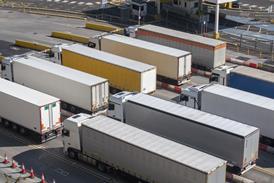
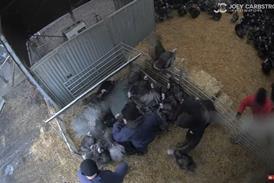

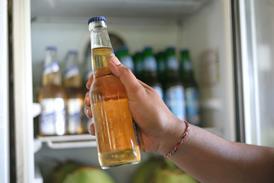


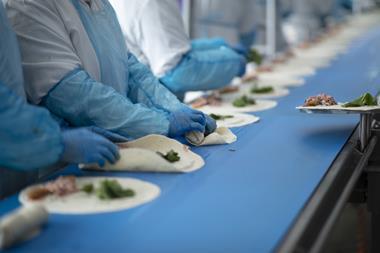





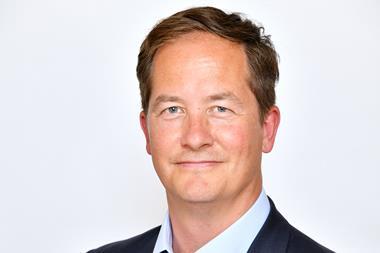
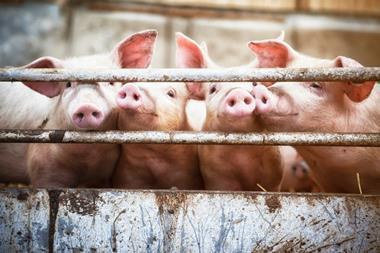
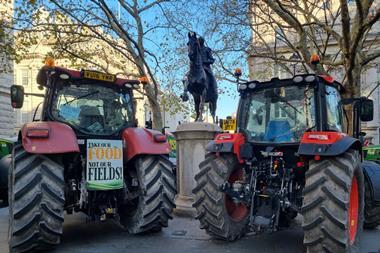
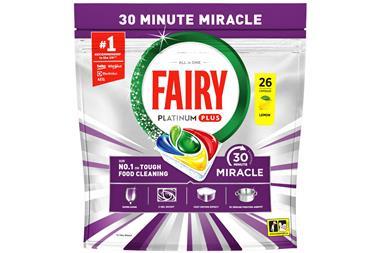

No comments yet